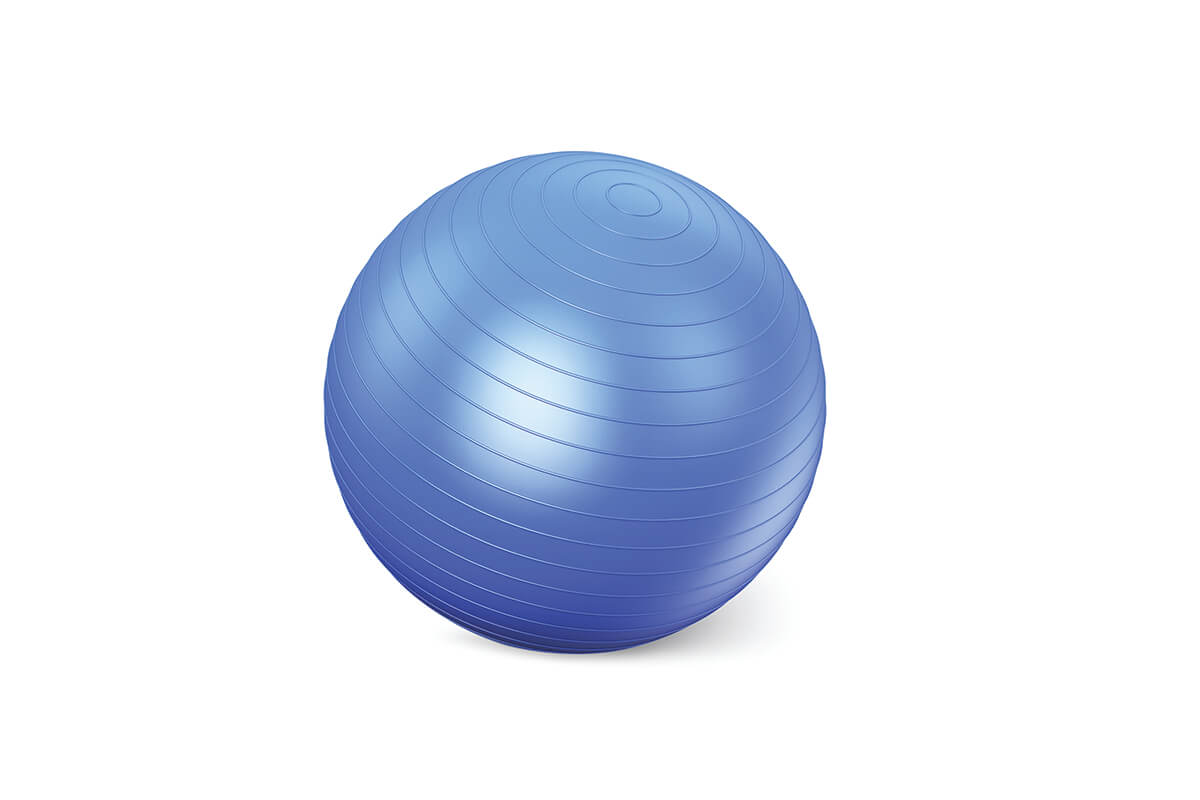Health & Wellness
Pelvic Floor Crash Course with Dr. Samantha DuFlo
The owner of Indigo Physiotherapy is all about bringing patients closer to whole-body health from the focus of—you guessed it—your pelvis.

We talk a lot about “core” strength, but rarely do we consider our pelvis part of that core. Dr. Samantha DuFlo, PT, DPT, PRPC, is here to set the record straight. The owner and founder of Indigo Physiotherapy, DuFlo’s practice is all about bringing patients closer to whole-body health from the focus of—you guessed it—your pelvis. We asked DuFlo to give us a pelvic floor crash course.
What is the pelvic floor?
I often refer to it as the pelvic diaphragm; it’s not static, like we would think of a floor being. It’s a very integrated part of your deep core musculature that consists of three layers of muscles—superficial, middle, and deep—which work very closely with your breath diaphragm under your rib cage to create stability support, this kind of abdominal corset. These muscles are responsible for controlling your sphincters, sexual appreciation, supporting your hip movement, and providing stability and support to the bladder, uterus or prostate, and the rectum.
What is a typical pelvic physical therapy treatment?
At Indigo Physio, appointments are one-on-one with a doctor of physical therapy. We do a subjective question-answering session about different [aspects of your health], from bowel and bladder [health] to nutrition intake, daily habits, and what you do for sex, to look at the big picture. After that, we do an external evaluation. . . . We are very consent-oriented and very trauma-informed. Treatment is different from person to person.
How do we know we have a weak pelvis?
Whether from pregnancy, from disuse, aging, going through hormonal changes, or abdominal surgeries, weakness can cause poor posture, low back pain, sciatic pain, weakened orgasms, constipation, incontinence, and poor performance in athletics.
What are some of the best exercises for pelvic muscles?
For releasing the pelvic floor, I like a relaxed deep squat while doing deep diaphragmatic breathing. One of my favorite strengthening exercises is relaxing and lying on your back or sitting. Inhale and fill your belly with air, then exhale, blowing out your air completely while thinking about drawing your lower abdominals in and your pelvic floor up.
When is it time to see a specialist?
Think about life changes that happen in your pelvis: you start having sex, you’re preparing to have a baby, you’re postpartum, you’re going through perimenopause or menopause—those are big things that we can take a look at and say, well, this is an integral keystone of your body and we should treat it.
WHAT YOU NEED

DEEP BREATHS: Use the breath to help release or strengthen your muscle tension.

CHECK-IN: Work with a pelvic physical therapist for any changes from pregnancy or surgery, or in your digestion.

EDUCATE: Talk with a specialist about how you can maintain care of your pelvic “diaphragm.”